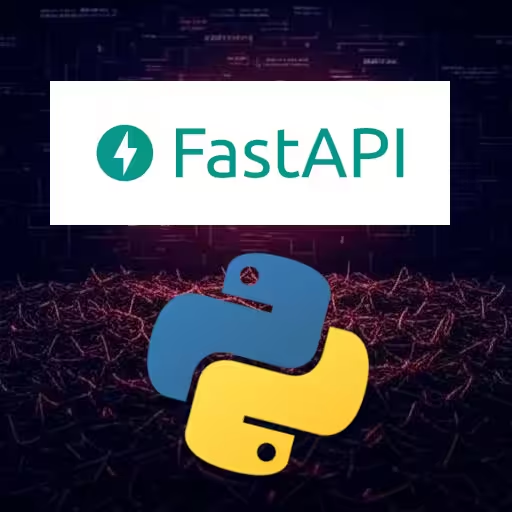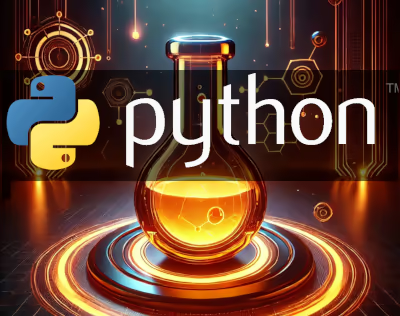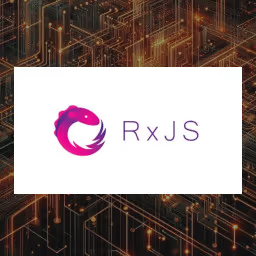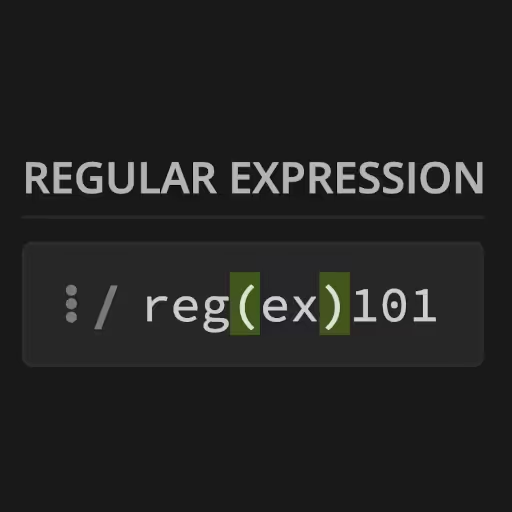FastAPI Deep Dive: Installation, Docker, Flask Comparisons, and Real-World Uses
FastAPI has become one of Python's most popular frameworks for building high-performance APIs. With built-in type hints, async support, and automatic documentation, it's ideal for modern web applications. This guide covers FastAPI from all angles, including installation, Dockerization, database integration, and comparisons with Flask, Django, and Node.js.
What Is FastAPI
FastAPI is a modern, asynchronous web framework for building APIs with Python 3.7+ based on standard Python type hints. It uses Pydantic for data validation and Starlette for the ASGI server layer. It's designed for performance and developer experience, offering features like automatic Swagger and ReDoc docs out of the box.
Example:
from fastapi import FastAPI
app = FastAPI()
@app.get("/")
def read_root():
return {"message": "Hello World"}The /docs and /redoc endpoints are auto-generated for you.
Python FastAPI: Why Developers Prefer It
Python developers favor FastAPI for:
- Async support with async def
- Type-checked route inputs and outputs
- Automatic request validation with Pydantic
- Automatic OpenAPI docs
- Easy testing and dependency injection
It outperforms Flask and Django for I/O-heavy tasks like chat apps, streaming APIs, and microservices.
Install FastAPI and Get Started Quickly
FastAPI can be installed via pip, and is often used with uvicorn as the ASGI server:
pip install fastapi uvicornRun your app with:
uvicorn main:app --reloadMake sure main.py has a FastAPI() instance named app.
Pip Install FastAPI vs Using Poetry or Pipenv
While pip install fastapi is sufficient for simple setups, production-grade apps benefit from virtual environment tools like Poetry or Pipenv for managing dependencies and lock files.
Example with Poetry:
poetry add fastapi uvicornThis provides reproducible builds and better environment isolation.
FastAPI Docker Setup for Scalable Deployments
FastAPI works great inside Docker. Here's a minimal Dockerfile:
FROM python:3.11-slim
WORKDIR /app
COPY . .
RUN pip install -r requirements.txt
CMD ["uvicorn", "main:app", "--host", "0.0.0.0", "--port", "8000"]Use the docker command to build and run the Python/Fast API service like so:
docker build -t my-fastapi-app .
docker run -p 8000:8000 my-fastapi-appFastAPI Docker Compose With PostgreSQL
To add a database, use Docker Compose (docker-compose.yml file and add the Python and Postgres service:
version: '3.8'
services:
api:
build: .
ports:
- "8000:8000"
depends_on:
- db
db:
image: postgres
environment:
POSTGRES_USER: user
POSTGRES_PASSWORD: pass
POSTGRES_DB: fastapidbPair this with an ORM like SQLModel or Tortoise ORM.
FastAPI and PostgreSQL Integration Example
Install sqlmodel and psycopg2 for Python using PIP:
pip install sqlmodel psycopg2-binaryThe above command will install the psycopg2 database adapter for Python.
You can now import the database packages and incorporate them into your Fast API business logic:
from sqlmodel import SQLModel, create_engine
engine = create_engine("postgresql://user:pass@localhost/fastapidb")
SQLModel.metadata.create_all(engine)Use with FastAPI endpoints for seamless DB interactions.
Flask vs FastAPI: Key Differences
| Feature | Flask | FastAPI |
|---|---|---|
| Async Support | No (limited) | Yes |
| Type Hints | Manual | Native |
| Validation | Manual | Pydantic |
| Performance | Lower | Higher |
| Docs | Manual | Auto (OpenAPI) |
Flask is still useful for simple apps, but FastAPI is better for performance and scale.
Flask vs Django vs FastAPI: When to Use Each
- Flask — Best for small REST APIs or PoC apps
- Django — Full-stack framework with ORM, admin, forms, etc.
- FastAPI — Ideal for API-first, async, or microservice architectures
Use Django when you need batteries-included. Use FastAPI when speed and clarity matter.
FastAPI vs NodeJS for Backend APIs
FastAPI rivals Node.js in performance due to its ASGI base and async capabilities. Advantages of FastAPI:
- Type safety and validation out-of-the-box
- Less callback hell than Node
- Auto-generated documentation
Node.js still dominates real-time and ecosystem integrations, but FastAPI is leaner and faster for structured APIs.
What Is FastAPI Used For in Real Projects
FastAPI is used in:
- Backend APIs for mobile/web apps
- ML model serving (e.g., with Hugging Face, TensorFlow)
- Chatbots and WebSocket servers
- Microservices architecture
- Internal admin dashboards
Its flexibility and async-first design make it suitable for high-throughput, I/O-heavy systems.
FastAPI JSON Serialization and Response Models
FastAPI uses Pydantic models to serialize JSON responses:
from pydantic import BaseModel
class Item(BaseModel):
name: str
price: float
@app.post("/items")
def create_item(item: Item):
return itemFastAPI will validate incoming JSON and return structured JSON responses with correct types.
FastAPI vs REST API: Clarifying the Difference
FastAPI is not a replacement for REST—it's a framework to implement RESTful APIs. REST is an architecture style; FastAPI simply helps you follow it with routes like:
@app.get("/users/{id}")It supports all REST methods: GET, POST, PUT, DELETE, PATCH.
Conclusion
FastAPI is a modern Python framework built for speed, flexibility, and developer happiness. It makes building APIs simpler and safer with automatic validation, OpenAPI docs, and async support. Compared to Flask, Django, and Node.js, it strikes a balance between speed and ease of use. Whether you're Dockerizing your microservices, integrating with PostgreSQL, or building out JSON APIs, FastAPI is an excellent tool to have in your stack.













